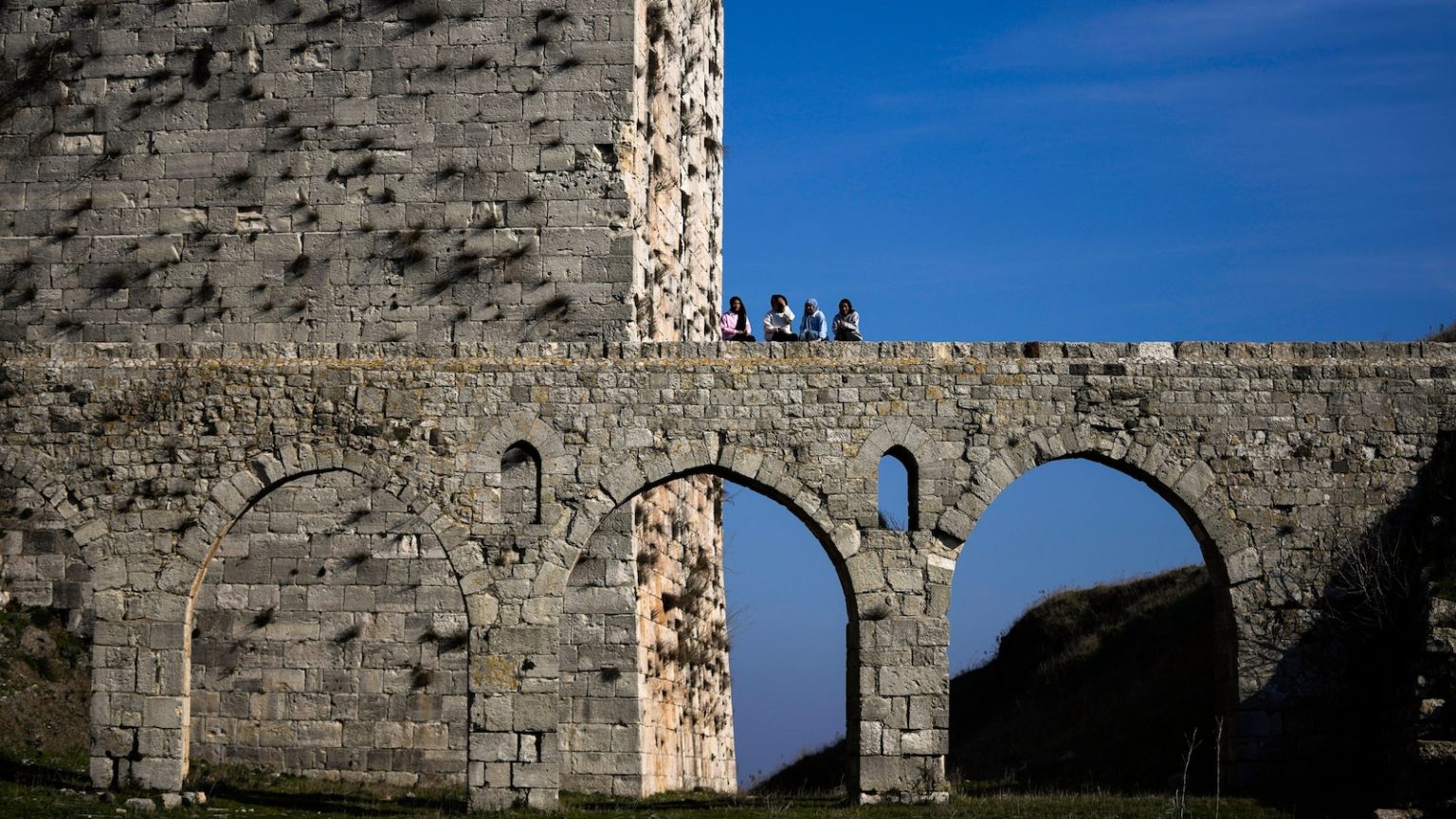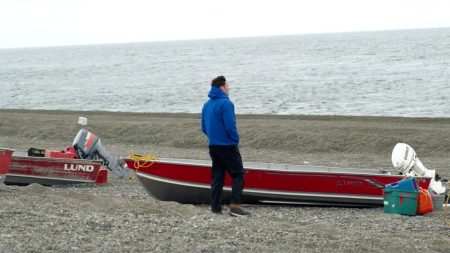Returning to Ruins: Experts Hope to Restore Syria’s Heritage and Revive Tourism
As the dust of war begins to settle in Syria, experts and locals alike are returning to the nation’s cherished heritage sites. These historic landmarks, once vibrant with life and visitors, now bear the scars of conflict. Yet, amidst the rubble, there is a glimmer of hope. The revival of these sites is not only a mission to preserve history but also a beacon for economic renewal through tourism. Palmyra, a UNESCO World Heritage site, stands as a symbol of this endeavor. Once a bustling hub along the Silk Road, Palmyra now faces the daunting task of restoration. Experts are optimistic that the cultural significance of these sites can once again attract international visitors, breathing life into Syria’s beleaguered economy.
Palmyra: The Bride of the Desert’s Turbulent Past and Uncertain Future
Palmyra, often called the "Bride of the Desert," is a testament to the region’s rich history, forged by the Roman and Parthian empires. This ancient city, once a thriving tourist destination welcoming 150,000 visitors each month, now stands as a silent witness to war and destruction. The temples of Bel and Baalshamin, vibrant with history, were reduced to dust by the Islamic State. The loss of antiquities and the scars of conflict have left Palmyra in a fragile state. Despite these challenges, researchers like Ayman Nabu remain steadfast in their commitment to restoration. The site’s museum, though in disarray, holds remnants of the past, telling stories of a bygone era. The road to recovery is long, but the resolve to preserve Palmyra’s legacy remains unwavering.
Crac des Chevaliers: A Castle Caught in the Crossfire of War
Perched on a hill near Al-Husn, Crac des Chevaliers, a medieval fortress, bears the brunt of war’s fury. This Crusader castle, once a symbol of power and architectural grandeur, now stands partially in ruins. Hazem Hanna, an architect and heritage expert, points to the devastating impact of airstrikes and natural disasters. The castle’s central courtyard and intricate columns lie shattered, yet amidst the rubble, there is a flicker of hope. Renovation efforts, though slow, have begun, offering a glimpse of the castle’s former glory. As locals and fighters alike wander the grounds, the castle emerges as a poignant reminder of Syria’s resilience and the enduring appeal of its historical sites.
Beyond Palmyra: The Scars of War on Syria’s Ancient Landscape
The toll of war is evident across Syria’s ancient landscape, with each site telling its own tale of survival. The Dead Cities, a collection of Byzantine settlements, stretch across hills and plains, their limestone ruins a testament to a prospering past. Once thriving on trade and agriculture, these villages now shelter displaced Syrians, their structures repurposed and worn. Looting and neglect have taken their toll, yet the intricate carvings and towering facades endure. Olive trees, rooted deep in history, stand guard over these ruins, a symbol of the landscape’s enduring spirit. The challenge of preservation looms large, but the cultural treasure these sites hold remains invaluable.
The Dead Cities: A Testament to Syria’s Rich History and Current Struggles
The Dead Cities, an open-air museum listed by UNESCO in 2011, offer a glimpse into Syria’s past and present struggles. Over 1,000 heritage sites in Idlib province alone highlight the nation’s archaeological wealth. Yet, these sites face numerous threats, from looting to unauthorized digging. Nabu underscores the significance of documentation and international cooperation in retrieving stolen artifacts. The return of locals, like Moustafa Al-Kaddour, brings a human dimension to these ruins, evoking memories and emotions. The Dead Cities stand as a living archive, their preservation a testament to resilience and hope.
The Road Ahead: Preserving Syria’s Heritage
The journey to restore Syria’s heritage is fraught with challenges. Financial constraints and security concerns loom large, yet organizations like UNESCO offer a lifeline through remote support and technical assistance. Matthieu Lamarre highlights the need for detailed studies before major restorations can commence. Despite these hurdles, the emotional and cultural significance of these sites for Syrians remains undiminished. As Moustafa Al-Kaddour’s return illustrates, these ruins are not just stones; they are gateways to memories and identities. The path to revival is long, but each step forward brings Syria closer to reclaiming its cultural soul. In this endeavor, the world watches, hoping that the treasures of Syria’s past will once again flourish, uniting people across borders and generations.















